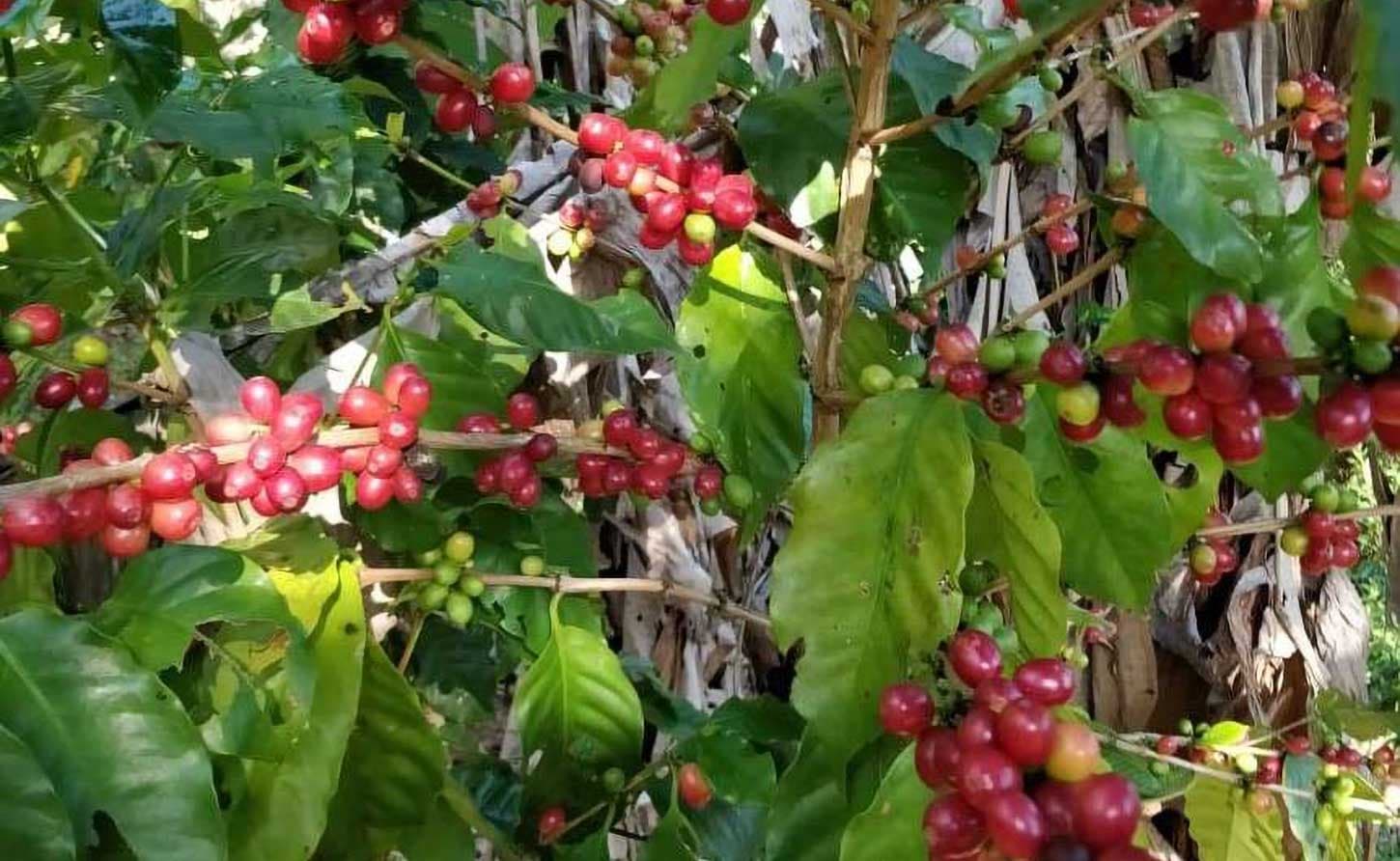We're loading the full news article for you. This includes the article content, images, author information, and related articles.
The current reforms may ease pressure for now—but unless deeply embedded systems of exploitation are confronted head-on, the sector risks slipping back into the same cycles of dependency and despair.

Byline: Nairobi, Kenya
Kenya’s agriculture sector, long considered the backbone of the economy, is at a critical crossroads. Despite employing over 60% of the population and contributing roughly a quarter of GDP, the sector remains plagued by deep structural issues—none more entrenched than the grip of cartels and the chronic indebtedness of smallholder farmers. In recent months, the government has rolled out a series of bold reforms aimed at dismantling exploitative middlemen networks and streamlining access to credit and farm inputs. But critics and stakeholders are divided: are these reforms genuine game-changers, or merely temporary relief in a long-standing systemic crisis?
In early 2024, the Ministry of Agriculture launched a multi-pronged strategy that includes:
The Digital E-voucher Input Program, which seeks to eliminate cartels by directly subsidizing seeds and fertilizers to farmers via mobile platforms.
The revival of farmer cooperatives, with state support and restructured management, aimed at consolidating smallholder power and improving collective bargaining.
The Agricultural Finance Corporation (AFC) restructuring, allowing for more flexible credit products and lower interest rates tailored to smallholder realities.
Crackdowns on illicit brokers and unlicensed middlemen in tea, coffee, maize, and sugar value chains, backed by Presidential directives and enforcement from the Directorate of Criminal Investigations (DCI).
Agriculture Cabinet Secretary Mithika Linturi has described the reforms as “the most aggressive push yet to return power to the farmer,” promising a new era of accountability and profitability across Kenya’s agricultural heartlands.
For decades, small-scale farmers have operated at the mercy of opaque value chains. In crops like tea, maize, and sugarcane, informal cartels—comprised of brokers, factory managers, and corrupt cooperatives—have manipulated prices and siphoned earnings. At the same time, lack of access to affordable credit has pushed farmers into high-interest debt cycles, often forcing them to sell their produce early at depressed prices.
The impact is particularly acute in counties such as Bungoma, Nyamira, Murang’a, and Migori, where entire communities rely on a single crop. As a result, rural poverty persists even in productive regions, and younger generations are increasingly abandoning farming altogether.
According to the Kenya Institute for Public Policy Research and Analysis (KIPPRA), over 45% of smallholder farmers remain in debt, while only 12% report receiving fair market value for their produce.
In areas where the e-voucher program has been piloted, some farmers report reduced costs and better yields. In Nakuru and Uasin Gishu, maize farmers say they received certified seeds and subsidized fertilizer without having to rely on intermediaries. “It’s the first time I’ve planted on time and with the right inputs,” said Josephine Chemutai, a smallholder in Rongai. “Before, you had to know someone in the cooperative office.”
However, in other regions, reports of delayed disbursements, system outages, and the re-emergence of proxy cartels—posing as “input advisors”—are surfacing. Furthermore, several farmer cooperatives remain under the influence of long-standing political patronage networks, which have simply rebranded but not reformed.
“Without transparency and local oversight, these reforms are like pouring water into a leaking bucket,” warns Dr. Elias Mukhwana, an agricultural economist at Egerton University.
The restructuring of the AFC and introduction of micro-loan products is a welcome development, but uptake remains low. Many smallholders are reluctant to engage with formal credit institutions due to past experiences with asset seizures, poor literacy, and bureaucratic hurdles. Moreover, land tenure insecurity continues to block collateral-based lending in large swathes of the country, particularly in arid and semi-arid regions.
Private fintech firms like Apollo Agriculture and Pula are offering bundled services—combining inputs, crop insurance, and credit—but their reach is limited to digitally literate farmers in higher-potential zones. Millions of farmers in marginalized areas are still financially excluded.
While the government has cracked down on some cartels—especially in sugar milling and milk processing—many have simply adapted. In the tea sector, for example, middlemen now operate through “registered agents” who remain embedded in the system. Similarly, the recent shutdown of Western Kenya’s sugar mills for an audit has sparked concerns of political interference rather than genuine reform.
“In Kenya, cartels are not just economic actors; they are political formations,” says Dr. Christine Wamalwa, a governance expert. “Unless there’s political will to prosecute high-level beneficiaries, reforms will always be cosmetic.”
Kenya’s agricultural reforms offer a glimmer of hope, especially in their intent to bypass exploitative structures and empower smallholder farmers directly. But implementation gaps, elite capture, and institutional inertia threaten to undermine progress.
To achieve lasting change, experts advocate for:
Transparent farmer registry and cooperative audits
Decentralized monitoring at the county level
A legal framework that criminalizes cartel behavior
Extension services that are both physical and digital
Land reform that unlocks collateral potential
Ultimately, freeing Kenya’s smallholder farmers will require not just policy tools, but political courage and grassroots accountability. The current reforms may ease pressure for now—but unless deeply embedded systems of exploitation are confronted head-on, the sector risks slipping back into the same cycles of dependency and despair.
Keep the conversation in one place—threads here stay linked to the story and in the forums.
Other hot threads
E-sports and Gaming Community in Kenya
Active 7 months ago
Popular Recreational Activities Across Counties
Active 7 months ago
The Role of Technology in Modern Agriculture (AgriTech)
Active 7 months ago
Investing in Youth Sports Development Programs
Active 7 months ago